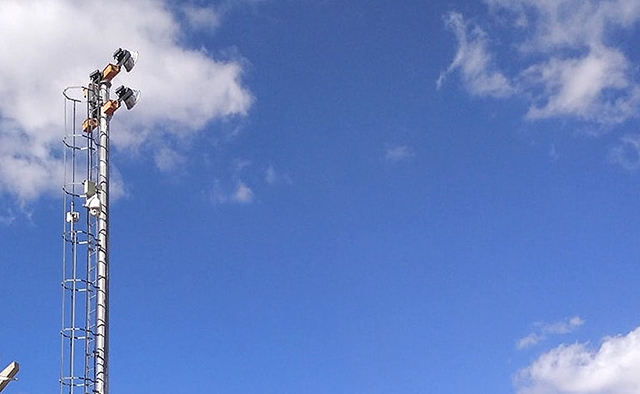FIVE years after high-speed cameras were installed on some of Namibia’s highways to improve the country’s traffic control and management systems they are still not functional.
The cameras were also installed to curtail the increasing number of road accidents.
Minister of home affairs, immigration, safety and security Frans Kapofi told the National Assembly on Thursday that the 12 speed cameras installed on some national roads are not in operation yet.
This is due to the lack of a regulatory framework to guide law-enforcement agencies on how to utilise them.
He was responding to questions by Popular Democratic Movement parliamentarian Johannes Martin.
The Namibian understands the government paid close to N$14 million for the procurement and installation of the cameras.
Kapofi said a regulatory framework will have to be published in the Government Gazette by the Ministry of Works and Transport to first indicate the operational standards for these cameras as required by the Namibia Standards Institution.
Apart from the need for a regulatory framework, the software of the cameras in question is outdated and needs to be calibrated and updated before they can be used.
This could cost another fortune. The minister said there is currently no recognised laboratory which could calibrate radar devices in Namibia.
He informed the National Assembly that the cameras are also being vandalised.
“It is unfortunate that there has been a delay in the operationalisation of the cameras due to a regulatory framework that is not yet in place. Suffice to mention that the current cameras were deployed on a trial basis.
“It was imperative that we tested the system to ensure it gave us the results we hoped for before we committed more resources to ensure the entire country was sufficiently covered. The trial period yielded positive results,” Kapofi said.
The minister said once a regulatory framework is gazetted the cameras will be used, and that plans were already in place to acquire more cameras.
Stay informed with The Namibian – your source for credible journalism. Get in-depth reporting and opinions for
only N$85 a month. Invest in journalism, invest in democracy –
Subscribe Now!










